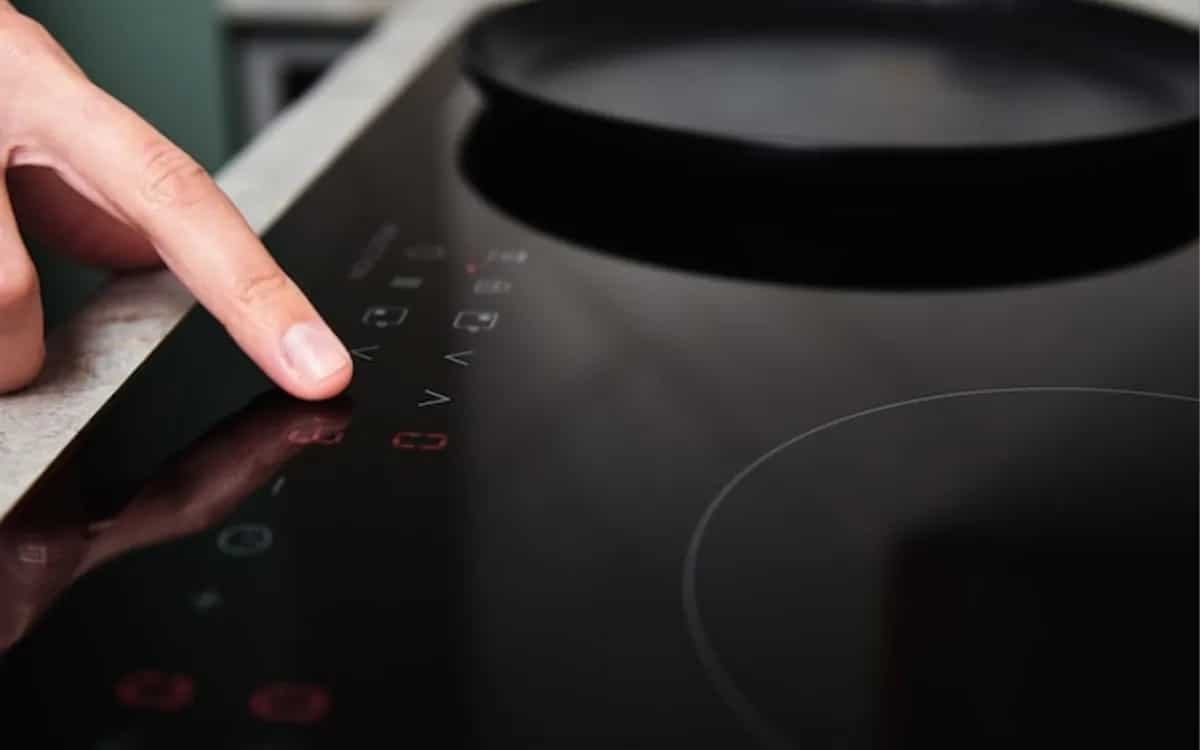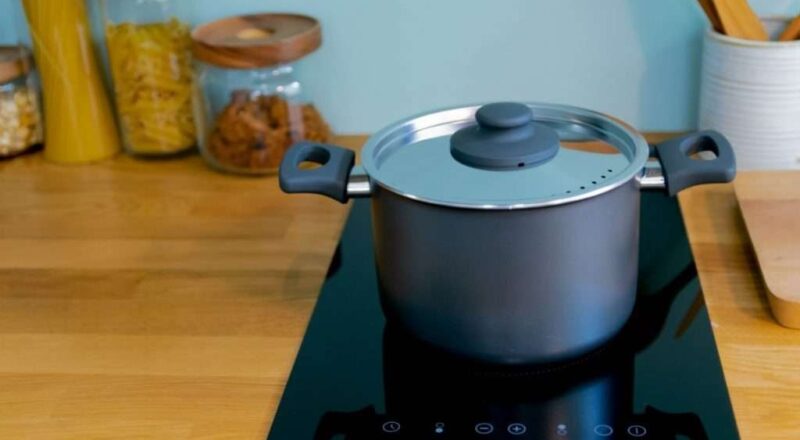Cooking with induction cooktops has increasingly become the preferred method for many kitchen enthusiasts, thanks to their efficiency and precision. Yet, those who cherish their cast iron cookware often find themselves in a dilemma after using them on induction surfaces. The primary keyword, restoring cast iron post-induction use, is crucial for maintaining the longevity and performance of your cherished pots and pans.
In the following sections, we will delve into the art and science of keeping your cast iron in peak condition after induction cooking. Whether you’re a professional chef or a home cook, understanding how to care for your cast iron is key to enjoying its benefits for years to come.

Understanding the Impact of Induction on Cast Iron
Induction cooktops function by creating a magnetic field that directly heats the cookware. This rapid and efficient heating method can sometimes lead to uneven seasoning wear on cast iron. Over time, this might affect the non-stick properties and overall durability of your pans.
Understanding these impacts is the first step in effective restoration. For more insights on induction cooking with cast iron, you can visit Tom’s Guide where experts share their views on using cast iron with induction cooktops.
Why Restoration Is Essential
The process of restoring cast iron is essential to keep them functional and aesthetically pleasing. Regular restoration prevents rust, maintains the pan’s non-stick surface, and ensures even cooking.
Steps to Restore Cast Iron
1. Cleaning the Surface
After using your cast iron on an induction cooktop, it’s important to clean it thoroughly. Use warm water and a gentle brush to remove food particles without damaging the surface. Avoid using soap as it can strip the seasoning. For more cleaning tips, check out seasoning after induction.
2. Drying Thoroughly
Water is cast iron’s enemy. After cleaning, dry the cookware immediately with a towel or place it over low heat on the stove to evaporate any remaining moisture.
3. Re-Seasoning Process
Re-seasoning involves applying a thin layer of oil and heating the pan to restore its protective coating. Choose a high smoke point oil such as flaxseed or vegetable oil. Heat the pan in an oven at 350F for about an hour to allow the oil to bond with the iron.
4. Storing Properly
Proper storage is key to maintaining your cast iron. Store them in a dry place and avoid stacking them with other cookware to prevent scratches. More storage tips can be found at storing cast iron.
Common Mistakes to Avoid
Using Too Much Oil
Applying too much oil during seasoning can lead to a sticky build-up. Always use a thin layer to prevent this issue.
Skipping the Drying Step
Failing to dry your cast iron properly can result in rust formation, which can be tough to remove.

FAQs About Cast Iron Restoration
Can I use soap on my cast iron?
It’s generally advised to avoid soap as it can strip the seasoning. Instead, use warm water and a brush.
How often should I re-season my cast iron?
Re-seasoning should be done whenever you notice food sticking or the surface appearing dull.
Is it safe to cook acidic foods in cast iron?
While occasional use is fine, prolonged cooking of acidic foods can damage the seasoning layer.
Preserving your cast iron after induction use ensures its longevity and performance in the kitchen. For more information on using cast iron over various heat sources, visit Lodge Cast Iron.
This article contains affiliate links. We may earn a commission at no extra cost to you.

